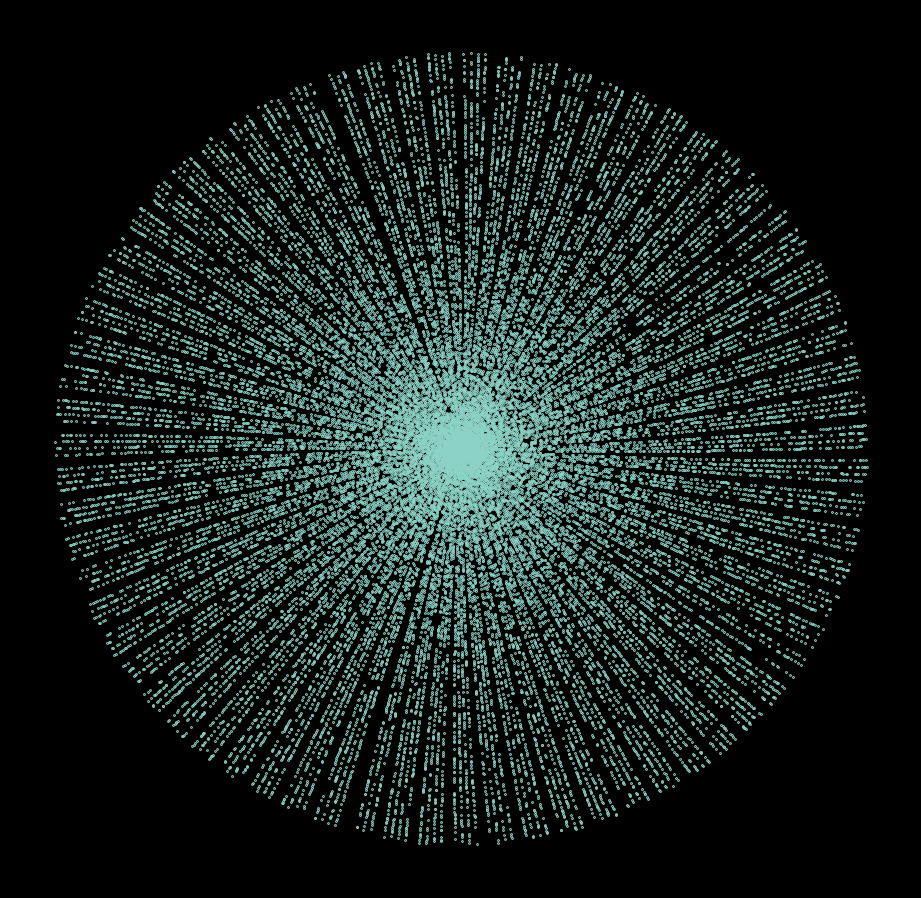How do prime numbers intersect with the Fibonacci series?
As we know, prime numbers are distributed randomly, which means there is no algorithm that will predict prime numbers: finding them requires enormous computing power. There are many primes in the low range of natural numbers: Between 1 to 100 there are 25 prime numbers: 2, 3, 5, 7, 11, 13, 17, 19, 23, 29, 31, 37, 41, 43, 47, 53, 59, 61, 67, 71, 73, 79, 83, 89, 97. In the higher ranges, prime numbers become increasingly rare.
Fibonacci numbers are much easier to predict because they form a series: the series starts from 0 and 1, and each subsequent number is the sum of the two preceding ones. The first 20 Fibonacci numbers are: 0, 1, 1, 2, 3, 5, 8, 13, 21, 34, 55, 89, 144, 233, 377, 610, 987, 1597, 2584, 4181. As you can see, this series grows rapidly – if you do the math, you will find out that the sequence appears to increase exponentially, with a multiplication factor of about 1.618033989.
What Fibonacci numbers are primes? The first Fibonacci primes are easy: 2, 3, 5, 13, 89, 233, 1597, 28657, 514229, 433494437, and 2971215073. All of these numbers are in the Fibonacci series, but they are also primes. As you can see, Fibonacci primes become increasingly rare. How many are there? At this point, mystery sets in, because we don’t know.
I expect that the future will bring us more clarity, but for now, these questions remain deeply puzzling. Here are some related questions and observations:
- The Goldbach Conjecture: it states that every even natural number greater than two is the sum of two prime numbers. As simple as it sounds, it is also unproven, despite the efforts of many mathematicians.
- If we look at the prime factors of a Fibonacci number, there will be at least one of them that has never before appeared as a factor in any earlier Fibonacci number. Isn’t this strange? It is known as Carmichael’s Theorem and applies to all Fibonacci numbers except 1, 8, and 144.
- 144 is a Fibonacci number, and it can also be written as 122 . Moreover, the number of primes less than 144 is 34, which is also a Fibonacci number. This opens new perspectives: If we shift to ordinal numbers, for instance by indexing primes and Fibonacci numbers, can we find new connections and patterns? Can you find another large Fibonacci number, look at the number of primes below it, and determine that this number of primes is also a Fibonacci number?
- It is proven that the only Fibonacci numbers that are also twin primes are 3, 5, and 13. Twin primes are pairs of primes that differ by 2, for example, 3 and 5, 5 and 7, 11 and 13, and 17 and 19. are twin primes. The twin prime conjecture states that there are an infinity of twin primes, but it is still unproven.
- As of January 2022, the largest known certain Fibonacci prime is F148091, with 30949 digits.
There seem to be almost more questions than answers in the world of numbers. Deep patterns exist in the field of numbers and their relations to each other, we have many clues, but it is hard to turn conjectures into proofs. Future generations of very smart humans will work on these problems, and they will have powerful tools at their disposal.
Sometimes it helps when we try to visualize data, and patterns related to these problems become visible: the image you see above is the result of plotting the first 10,000 primes on polar coordinates. A very strange and highly regular pattern emerges, even though primes are supposedly random in their distribution. For a more detailed explanation, watch this youtube video.
